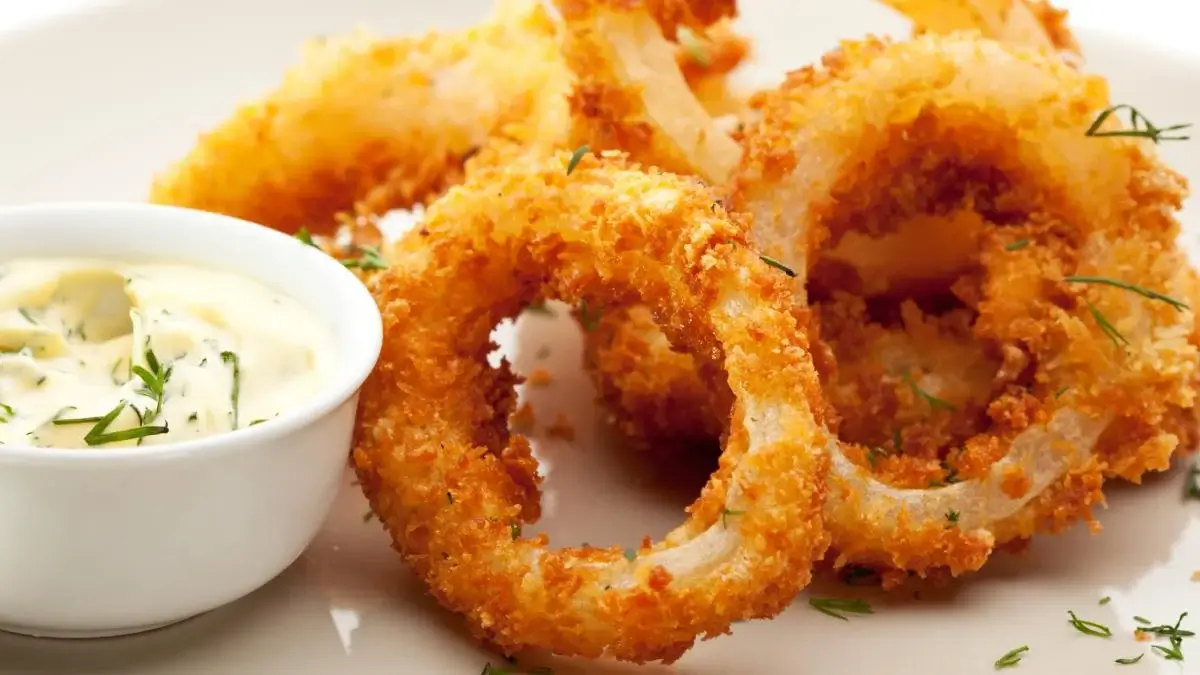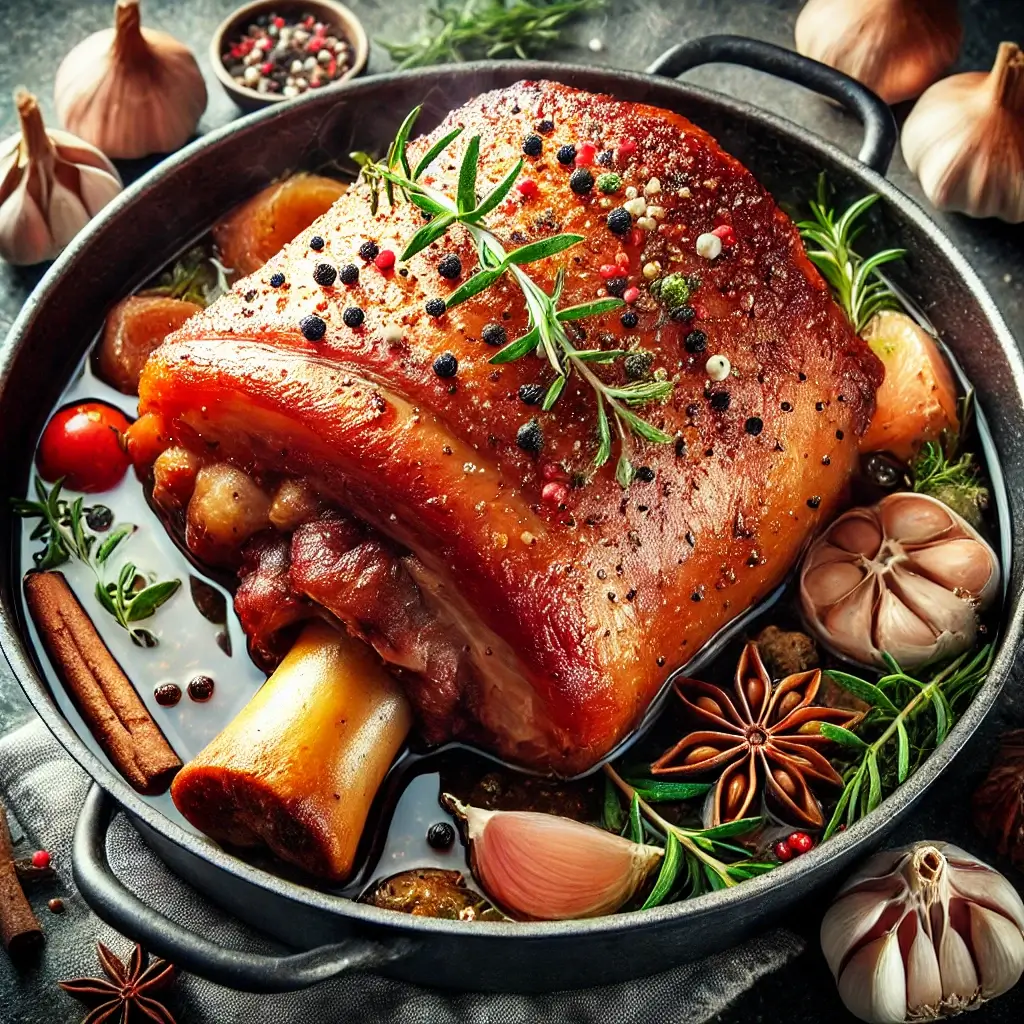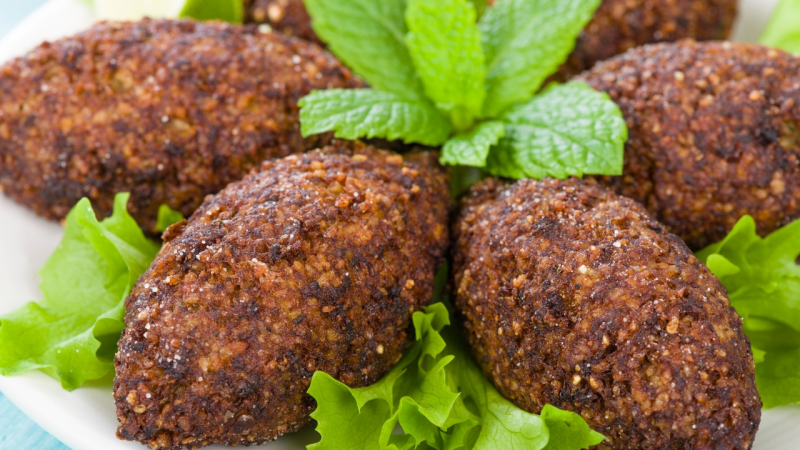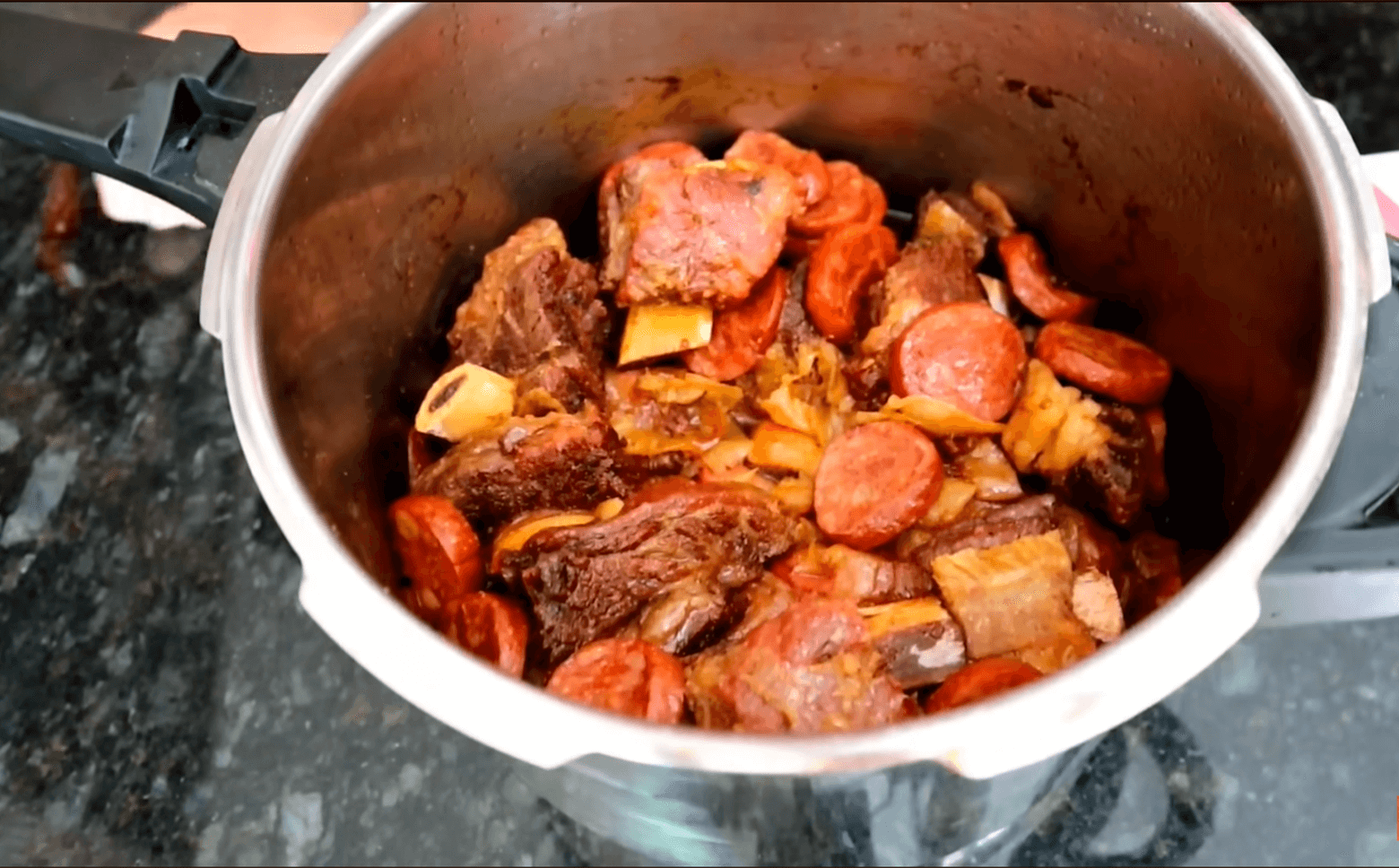Complete Guide: How to Choose the Best Pot for Cooking Rice
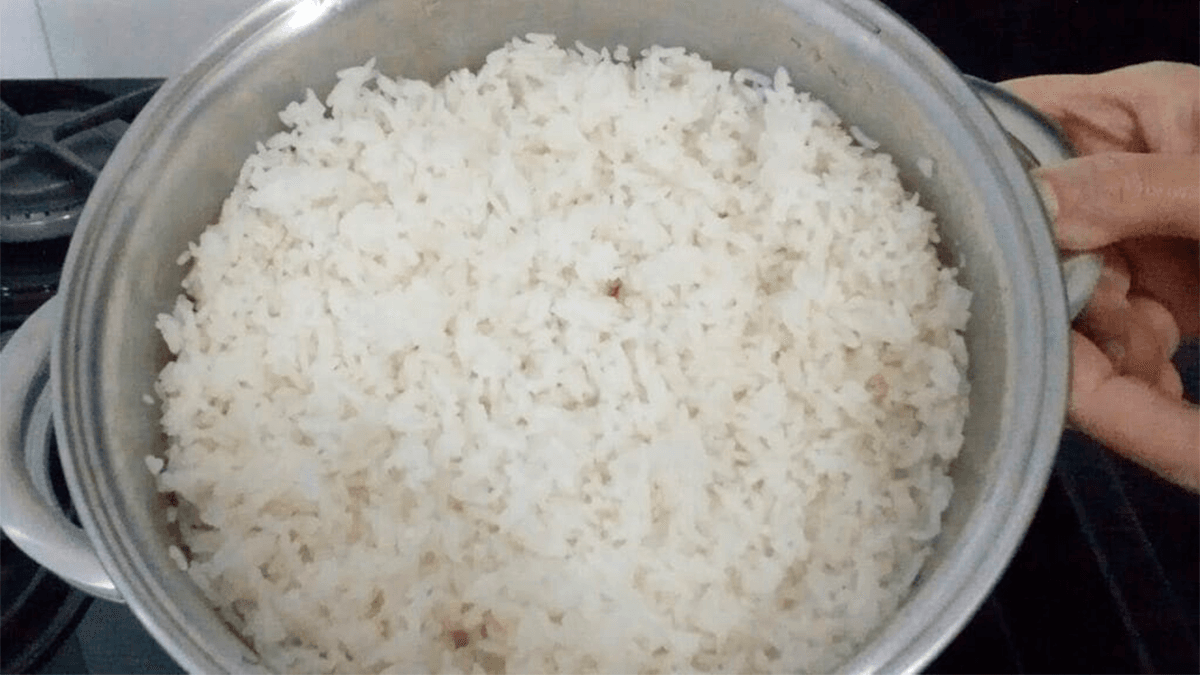
Cooking rice may seem like a simple task, but choosing the right pot makes all the difference in the final result. An unsuitable pot can lead to rice that sticks, burns, or lacks flavor. In this comprehensive guide, we will explore the different types of pots available on the market, their features, advantages, and disadvantages, so you can choose the best pot to cook rice and achieve perfect results.
Why is Choosing the Right Pot Important?
The pot is one of the main factors that influence how rice cooks. The material, size, shape, and thickness of the pot affect heat distribution, moisture retention, and cooking speed. An unsuitable pot can result in rice that cooks unevenly, sticks to the bottom, or becomes too dry. Therefore, choosing the right pot is essential to ensure fluffy, flavorful, and perfect rice in all your meals.
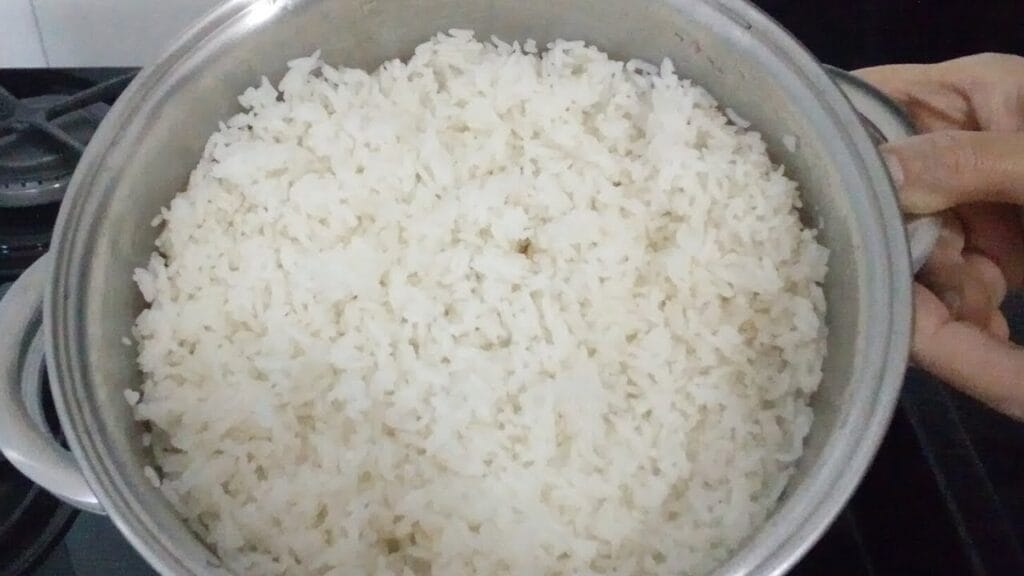
Check out some pot models we will compare!
Types of Pots for Cooking Rice
There are several types of pots available on the market, each with their own characteristics. Let’s explore the most common ones and their particularities:
1. Stainless Steel Pot
Stainless steel pots are popular due to their durability, corrosion resistance, and ease of cleaning. They distribute heat evenly but may take a little longer to heat up. One drawback is that rice can stick to the bottom if the pot doesn’t have a good non-stick coating.
- Advantages: Durable, corrosion resistant, easy to clean.
- Disadvantages: May take longer to heat, rice can stick if there is no non-stick coating.
2. Aluminum Pot
Aluminum pots are lightweight, affordable, and heat up quickly. However, they may have uneven heat distribution, which can lead to irregular rice cooking. Additionally, aluminum can react with acidic foods, altering the flavor. It is important to check if the aluminum pot has a non-stick coating and sealing to avoid problems.
- Advantages: Lightweight, affordable, heats up quickly.
- Disadvantages: Uneven heat distribution, may react with acidic foods.
3. Cast Iron Pot
Cast iron pots are known for their excellent heat retention and distribution. They are ideal for cooking rice on low heat for longer periods, ensuring even and flavorful cooking. However, they are heavier and require special care to prevent rust.
- Advantages: Excellent heat retention and distribution, even cooking.
- Disadvantages: Heavy, requires care to prevent rust.
4. Ceramic Pot
Ceramic pots have a non-stick coating that prevents rice from sticking to the bottom. They are ideal for cooking rice quickly and healthily, using less oil. Additionally, they are easy to clean. However, the ceramic coating can wear out over time.
- Advantages: Non-stick, quick and healthy cooking, easy to clean.
- Disadvantages: Ceramic coating may wear out over time.
5. Electric Rice Cooker
The electric rice cooker is specifically designed to cook rice practically and efficiently. It has a thermostat that automatically shuts off when the rice is done, preventing burning or overcooking. Moreover, some electric cookers have additional functions, such as keeping the rice warm for longer. They are ideal for those who need convenience and don’t want to worry about stovetop cooking.
- Advantages: Practical, efficient, automatically shuts off, some have additional functions.
- Disadvantages: May take up more space in the kitchen.
6. Clay Pot
Clay pots are traditional in Brazilian cuisine and provide a unique flavor to rice. They distribute heat slowly and evenly, resulting in tasty rice with a unique texture. However, they are more fragile and require special care during use and cleaning. A tip is to season the clay pot before use to prolong its lifespan.
- Advantages: Provides a unique flavor, slow and even heat distribution.
- Disadvantages: Fragile, requires special care, needs to be seasoned.
How to Choose the Best Pot for Cooking Rice?
Choosing the best pot for cooking rice depends on your needs and preferences. Consider the following factors:
- Type of stove: If you have a gas, electric, or induction stove, check if the pot is compatible.
- Amount of rice: Choose a pot suitable for the amount of rice you usually cook.
- Material: Opt for a material that distributes heat evenly and is durable and easy to clean.
- Non-stick coating: If you want to avoid rice sticking to the bottom, choose a pot with a non-stick coating.
- Convenience: If you seek convenience, the electric rice cooker may be the best option.
- Cost-benefit: Evaluate the cost-benefit of each pot and choose the one that best meets your needs.
Extra Tips for Perfect Rice
Besides choosing the right pot, here are some extra tips to ensure perfect rice:
- Wash the rice well: Rinse the rice under running water until the water runs clear, removing excess starch.
- Use the correct water ratio: The ideal water ratio is generally 2 parts water to 1 part rice.
- Add salt to taste: Add salt to the water before cooking the rice.
- Do not stir the rice while cooking: Stirring the rice during cooking can make it mushy.
- Let the rice rest: After cooking, let the rice rest for a few minutes with the pot covered so it absorbs all the water.
How to Clean Your Pot After Use
Proper cleaning of your pot is essential to ensure its durability. Here are some tips:
- Stainless Steel: Wash with hot water, mild detergent, and a soft sponge. Use specific stainless steel cleaners for stains.
- Aluminum: Avoid using steel wool to prevent scratches. Wash with warm water and mild detergent.
- Cast Iron: Wash with hot water and a soft sponge, dry thoroughly, and apply a layer of vegetable oil to prevent rust.
- Ceramic: Wash with warm water and mild detergent, use a soft sponge, and avoid abrasive products.
- Clay: Wash with warm water and a soft sponge. Do not use abrasive cleaning products and avoid thermal shocks.
What is the Price of Each Pot?
The price of each pot can vary depending on the brand, size, material, and additional features. Here is an estimate:
- Stainless Steel: Ranges from R$50 to R$300
- Aluminum: Ranges from R$30 to R$150
- Cast Iron: Ranges from R$100 to R$500
- Ceramic: Ranges from R$80 to R$300
- Electric Rice Cooker: Ranges from R$100 to R$400
- Clay: Ranges from R$30 to R$200
Now that you have all this information, you can choose the pot that best suits your use. Remember that the pot is an investment for your kitchen. Choose the one that will bring you more convenience and better results!
With this complete guide, you are ready to choose the best pot for cooking rice and achieve perfect results in all your meals. Explore the different types of pots, their features, and choose the one that best meets your needs and preferences. Enjoy your meal!
If you liked this guide, don’t forget to share it with your friends and family who also have doubts when choosing a pot for cooking rice. And don’t forget to comment here which pot you use and what tips you have for perfect rice!
Now that you know everything about rice pots, you will be ready to make the best rice. Use your knowledge in the kitchen and prepare delicious dishes! Also share your experiences with your friends and family and keep seeking more information about the world of cooking.



